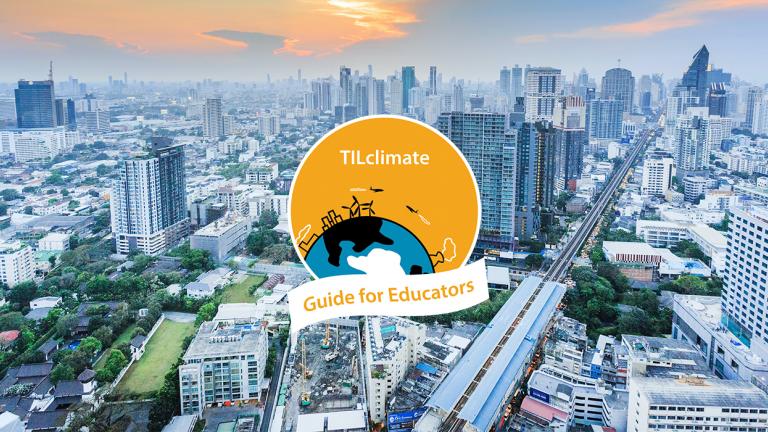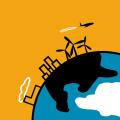
This Guide for Educators was developed by the MIT Environmental Solutions Initiative as an extension of our TILclimate (Today I Learned: Climate) podcast, to make it easier for you to teach climate change, earth science, and energy topics in the classroom. It is an extension of TILclimate's second season, on climate change and the energy system.
Browse all TILclimate guides for educators.
Description
What will the future look like? More importantly, what do we want it to look like? In this highly flexible culminating project, students work as a whole class to plan, design, evaluate, construct, and present their vision for a City of the Future.
This activity is a culminating project for a unit on climate change. It is not a standalone activity.
SWBAT:
-
Explain how choices in energy, electricity, design, planning, zoning, and more reduce a city’s CO2 and other heat-trapping gas emissions.
-
Understand that municipal and community leaders make choices that shape a city’s future for its residents.
-
Name some solutions to climate change that they are excited about.
Skills:
-
Teamwork
-
Critical thinking
-
Research
Standards:
-
HS-ESS3-4 Evaluate or refine a technological solution that reduces impacts of human activities on natural systems.
-
HS-ETS1-1 Analyze a major global challenge to specify qualitative and quantitative criteria and constraints for solutions that account for societal needs and wants.
-
HS-ETS1-2 Design a solution to a complex real-world problem by breaking it down into smaller, more manageable problems that can be solved through engineering.
-
HS-LS2-7 Design, evaluate, and refine a solution for reducing the impacts of human activities on the environment and biodiversity.
-
HS-LS4-6 Create or revise a simulation to test a solution to mitigate adverse impacts of human activity on biodiversity.
Disciplinary core ideas:
-
ESS2.D Weather and Climate
-
ESS3.A Natural Resources
-
ESS3.C Human Impacts on Earth Systems
-
ESS3.D Global Climate Change
-
ETS1.A Defining and Delimiting an Engineering Problem
-
ETS1.B Developing Possible Solutions
-
LS4.D Biodiversity and Humans
What is included in this Educator Guide
- How to use TILclimate Educator Guides (Download)
- Full Educator Guide (Download)
- Includes both Teacher and Student pages
- Includes both Teacher and Student pages
- Teacher pages (Download)
- Includes materials, discussion questions, background resources, and adaptation suggestions for science, social science, and ELA teachers
- Includes materials, discussion questions, background resources, and adaptation suggestions for science, social science, and ELA teachers
- Student pages (Download)
-
Guides for Planning Board, Energy Commission, Building Department, Zoning Board, Public Outreach, and Public Health committees
-
Resources for solutions research
-


